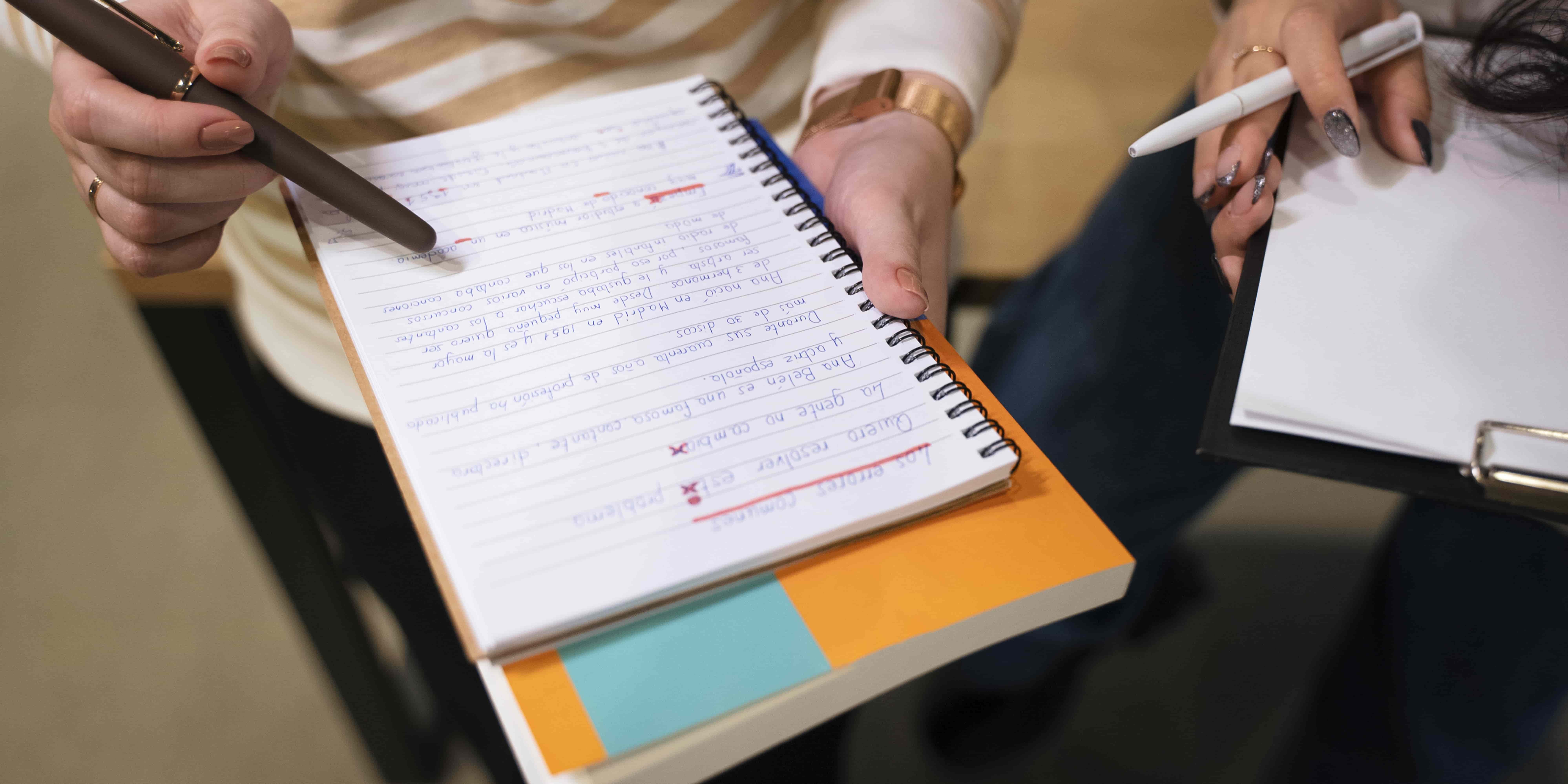Effective note-taking is a critical skill for academic success, particularly for secondary students preparing for O-Level examinations. Well-organized notes not only help students capture important information during lessons but also serve as valuable study resources. This article explores proven note-taking strategies that can enhance understanding, retention, and exam preparation.
Why Effective Note-Taking Matters
Before diving into specific techniques, it's important to understand the benefits of good note-taking:
- Improves active listening and engagement during lessons
- Enhances understanding by forcing you to process and summarize information
- Creates personalized study materials tailored to your learning style
- Helps identify knowledge gaps and areas needing clarification
- Reduces study time by organizing information efficiently
- Strengthens memory through the physical act of writing
Preparing for Effective Note-Taking
Success begins before the pen touches paper:
- Review previous notes and readings before class to activate prior knowledge
- Prepare questions about concepts you don't fully understand
- Choose appropriate note-taking tools (notebooks, digital devices, etc.)
- Develop a consistent organization system (date, subject, topic, etc.)
- Create a personal shorthand system for common words and phrases
Note-Taking Methods for Different Learning Styles
1. The Cornell Method
Ideal for organized review and active recall:
- Divide your page into three sections: a narrow left column for cues, a wide right column for notes, and a bottom section for summary
- During class, take notes in the right column
- After class, write key questions, terms, or concepts in the left column
- Write a brief summary at the bottom of the page
- Use the left column for self-testing during review
2. Mind Mapping
Perfect for visual learners and subjects with interconnected concepts:
- Start with the main topic in the center of the page
- Branch out with subtopics and supporting details
- Use colors, symbols, and images to enhance visual memory
- Connect related concepts with lines or arrows
- Add new information by extending branches
3. Outline Method
Structured approach for hierarchical information:
- Organize information in a hierarchical structure with main topics, subtopics, and details
- Use Roman numerals, letters, and numbers to indicate different levels
- Indent each level to show relationships between ideas
- Keep points brief and focused
- Leave space to add information later
4. Charting Method
Effective for comparative information:
- Create a table with columns for different categories or concepts
- Add rows for specific characteristics or details
- Fill in cells with relevant information
- Particularly useful for subjects like Biology, History, and Literature
Digital vs. Handwritten Notes
Consider the pros and cons of each approach:
Handwritten Notes:
- Better for retention and understanding according to research
- Allows for more flexibility in format (diagrams, symbols, etc.)
- Fewer distractions compared to digital devices
- No technical issues or battery concerns
Digital Notes:
- Faster for students with good typing skills
- Easier to organize, search, and back up
- Ability to incorporate multimedia elements
- Convenient for collaborative note-sharing
- Environmentally friendly
Many successful students use a hybrid approach, taking handwritten notes in class and digitizing them later for organization and review.
Subject-Specific Note-Taking Strategies
Mathematics
- Focus on copying down complete worked examples
- Note common mistakes and how to avoid them
- Highlight formulas and when to apply them
- Include your own annotations explaining each step
- Use different colors for different types of information (theorems, formulas, examples)
Sciences
- Draw and label diagrams clearly
- Create tables for comparative information
- Note experimental procedures and results
- Highlight cause-and-effect relationships
- Use mind maps for interconnected concepts
Languages and Humanities
- Record key quotes and their significance
- Note contextual information and background
- Capture different perspectives and arguments
- Create timelines for historical events
- Use symbols to mark themes, characters, or recurring ideas
After-Class Note Enhancement
The most effective notes evolve after the initial class:
- Review notes within 24 hours to reinforce learning
- Fill in gaps or clarify confusing points
- Add information from textbooks or other resources
- Create connections to previously learned material
- Highlight or color-code important information
- Add questions for further study or clarification
Common Note-Taking Mistakes to Avoid
- Trying to write down everything verbatim
- Using vague abbreviations you won't understand later
- Taking notes without actively listening and processing
- Neglecting to review and enhance notes after class
- Using a single note-taking method for all subjects
- Creating messy, disorganized notes that are difficult to review
Using Notes for Exam Preparation
Transform your notes into powerful study tools:
- Create summary sheets or mind maps from your detailed notes
- Convert notes into practice questions and flashcards
- Use the questions in the left column of Cornell notes for self-testing
- Color-code information by exam topics or importance
- Form study groups to compare and discuss notes
- Create a "master document" that consolidates information from various sources
Conclusion
Effective note-taking is a personalized skill that develops with practice and refinement. By experimenting with different methods and adapting them to your learning style and subject requirements, you can create valuable resources that enhance understanding, retention, and exam performance. Remember that the goal of note-taking is not just to record information but to process and engage with it in a way that supports deep learning.
At BigSteps Tuition, we teach our students effective note-taking strategies as part of our holistic approach to academic success. Our teachers provide guidance on subject-specific techniques and help students develop personalized systems that work for their learning styles. Contact us to learn how we can support your child's O-Level preparation journey.
